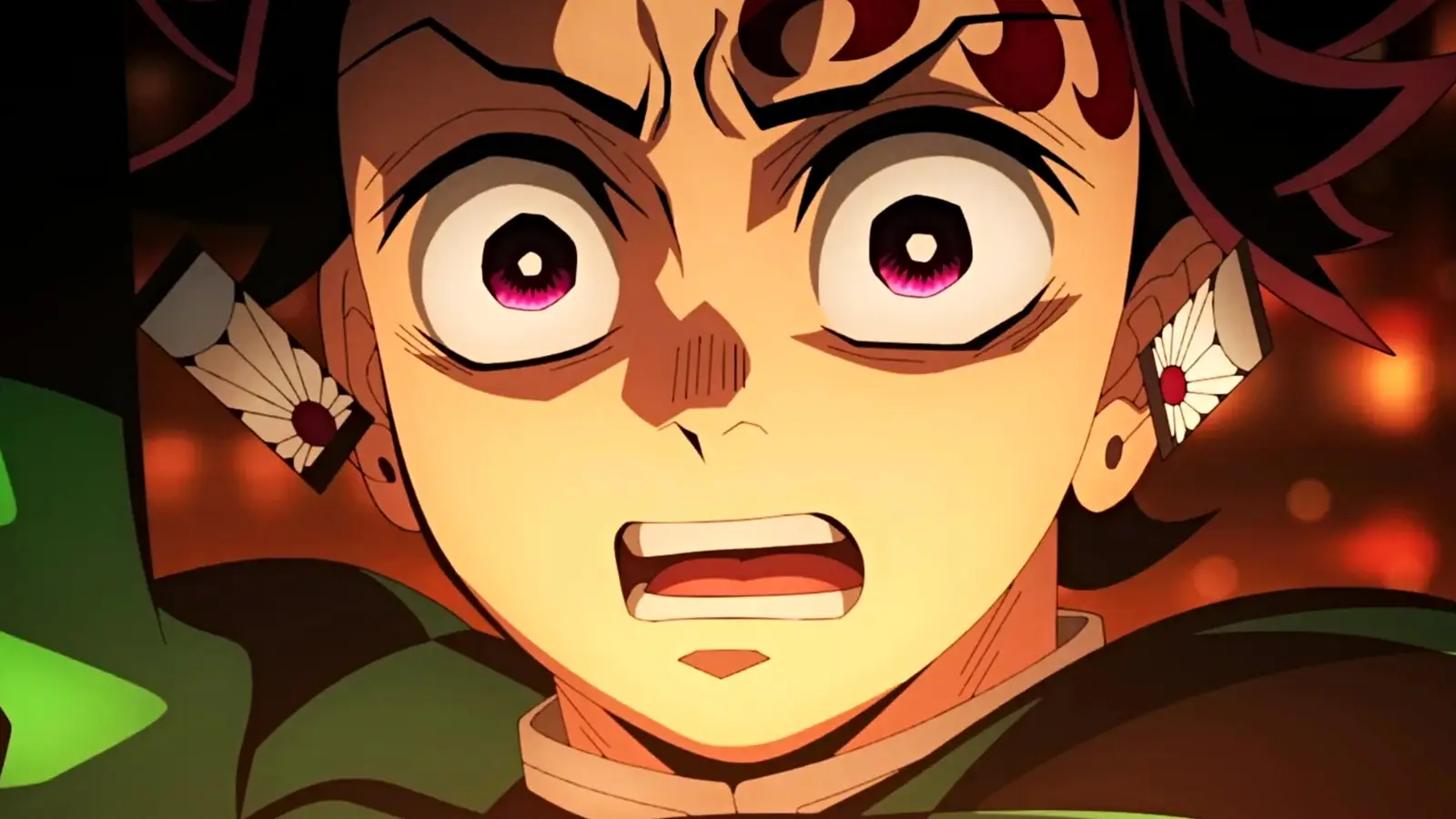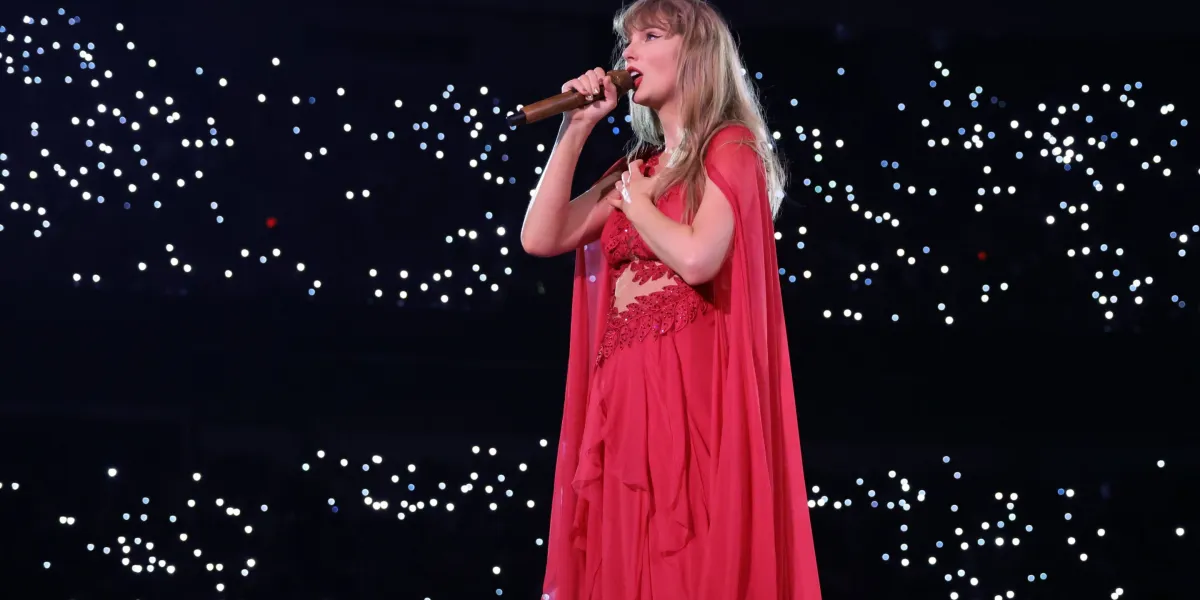
It’s no secret that anime has exploded in popularity over the last five or so years. While the biggest streaming services wrestle with one another to bring new, exclusive titles to their platforms, anime movies like the recent Demon Slayer: Infinity Castle are competing with, and overtaking, major Hollywood productions at the global box office.
The current landscape of anime, and the culture surrounding it, is almost certainly a little disorienting to any veteran fan. Each season, both the smash-hit titans of the industry and the far more niche releases appear on one of the many major streaming services at the same time they’re airing in Japan.
As recently as 10 years ago, the modern life of an anime fan would have been unthinkable. Gone are the days of scouring the internet for new shows, having to deal with fan translations, or waiting months to years for official releases. The anime culture of old is dead and buried, and there are longtime fans having trouble adapting to all the change.
Anime Has Changed, and Not Everyone Is On-Board
Anime Fandom Is Far From What It Was Even a Decade Ago
Because the world came to a standstill, and people from all walks of life were stuck indoors only a few short years ago, it became popular, if not necessary, to explore new hobbies and interests. Among those who got into making bread or crafting, or simply spent their time scrolling through apps like Netflix and Hulu, many stumbled upon anime for the first time.
People who might have never come across Japanese TV shows were suddenly captivated by the likes of Demon Slayer, One Piece, Naruto, and all the major shōnen anime hits.
The open gates of the anime community became flooded with new fans rushing towards what were once niche interests for those who, for years, were likely on the receiving end of odd looks or backhanded comments when revealing that they enjoyed Japanese cartoons.
Early on, longtime anime fans basked in the fact that they were no longer the weirdos and misfits—that they could share their love for something like Death Note with someone who once shunned those ‘kid cartoons’. But it didn’t take long for a rift to form.
As of 2025, the anime industry has experienced record highs in revenue in each passing year since the start of the decade, and quite a few fans aren’t happy about it. The glory days, as experienced fans might remember them, filled with online camaraderie and the partaking in otaku culture, began to fade.
In its place, arguments appeared about which Shōnen Jump adaptation from the last three to five years was actually the greatest anime of all time. Others began to debate which classic shows were outdated and problematic. The landscape of anime fandom transformed quickly, and though many might be unhappy, change is natural.
Anime Is in a Better State than It’s Ever Been
The Culture Is Changing, But There’s Never Been a Better Time to Be an Anime Fan
About two months after the Japan release of Demon Slayer: Infinity Castle, the movie received an extra boost at the box office when it premiered in North America. Currently, Japanese fans are raving about Chainsaw Man’s first film, which is set to release in the U.S. in about a month’s time.
Not long ago, fans would have needed to wait years for the chance to watch an anime movie outside of Japan, and one without Studio Ghibli’s name attached would never have had a theatrical release. Anime is more accessible outside of Japan than it’s ever been in history, and the success of Demon Slayer’s new movie will only continue to push the latest trends.
There’s never been an easier time to be an anime fan, but it’s the change in anime fandom itself that’s proving difficult for some to contend with. Staple tropes of the art form have come under fire, and the words ‘fan service’ have become something like lit dynamite for anyone brave enough to mention them.
There are aspects of the anime industry, despite how longstanding or rooted in tradition, that should come under question. Debate is the sign of a healthy community, and change is proof that those in that community care deeply for the entertainment they enjoy.
What older anime fans once took pride in, and might have been mocked over, is now being spoken about and debated by fans who never experienced the difficulties that came with being an anime fan years ago—and that’s okay. Uncomfortable conversations about the depictions of young anime girls, or the intentions of their creators, should be had.
There are aspects of the anime industry, despite how longstanding or rooted in tradition, that should come under question. Debate is the sign of a healthy community, and change is proof that those in that community care deeply for the entertainment they enjoy. At the same time, new anime fans should familiarize themselves with, rather than dismiss, the history of the art form.
Anime, as its longtime fans knew it, is dead, and it isn’t ever coming back. Rose-tinted memories of inaccurate fan translations and five-part episodes on YouTube will only continue to fade. Those who truly love anime as a form of entertainment won’t benefit from getting caught up in what’s gone, but there is quite a bit to gain in embracing the change.



